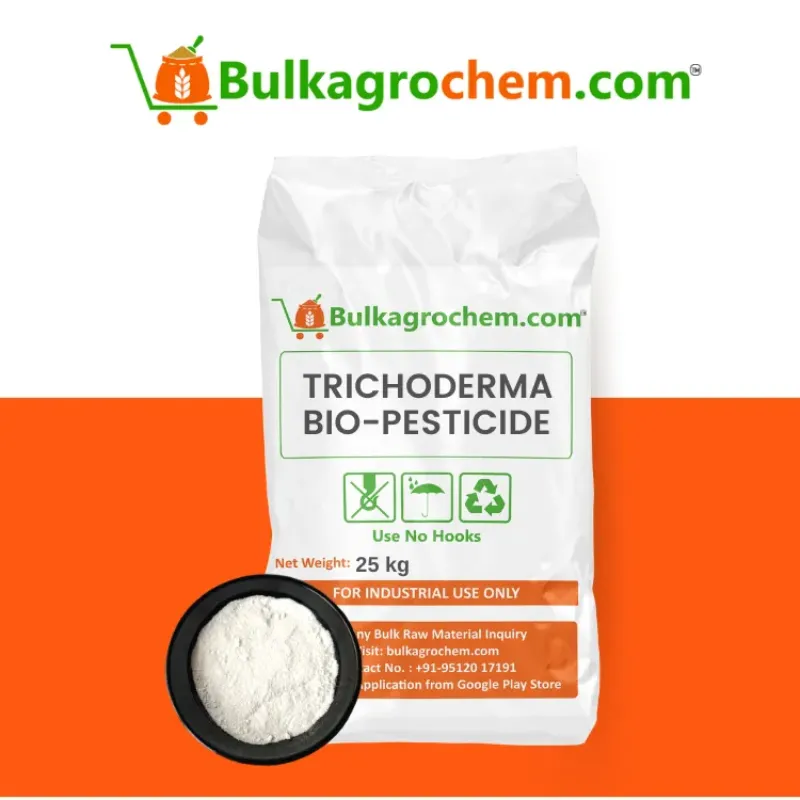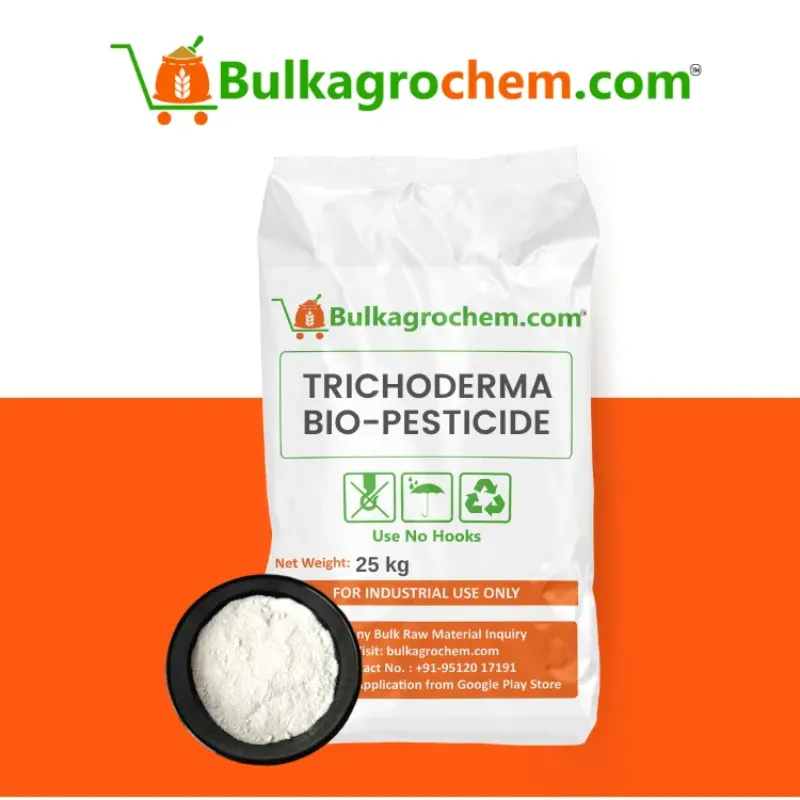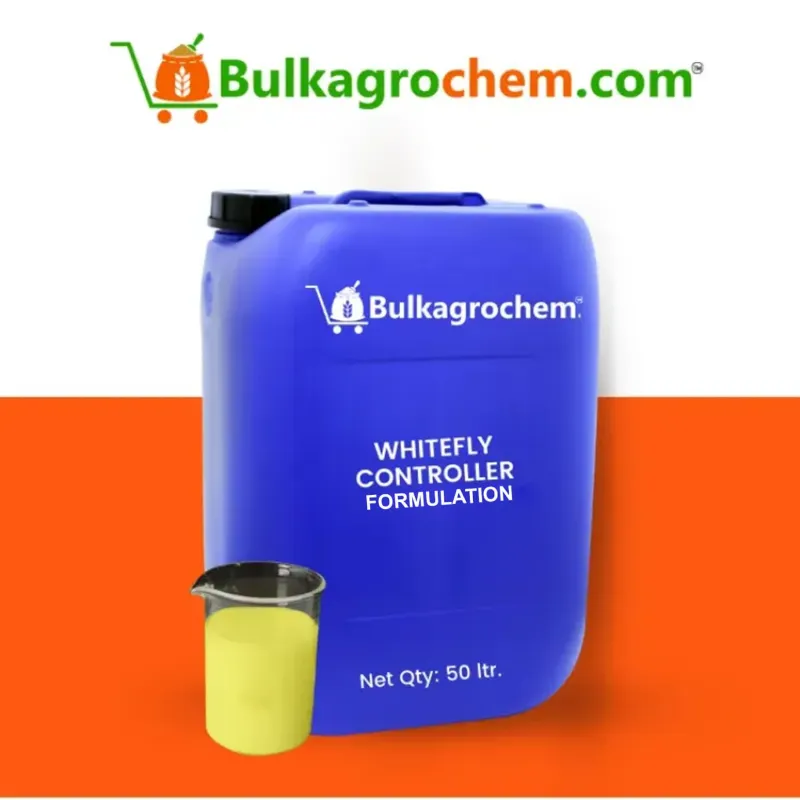Crop rotation has been a cornerstone of sustainable agriculture for centuries, and its importance in maintaining long-term soil health cannot be overstated. It is a simple yet highly effective practice that involves changing the crops grown in a particular field from season to season. This method prevents the depletion of specific nutrients, reduces pest and disease buildup, and enhances soil structure. In this blog, we will explore how crop rotation benefits long-term soil health and why it's a key practice for farmers aiming to improve the productivity of their land without relying on chemical inputs. One of the most significant benefits of crop rotation is its ability to manage soil nutrients effectively. Different crops have varying nutrient requirements, and by rotating them, farmers can balance the extraction and replenishment of soil nutrients. For example, leguminous crops like beans and peas are known to fix nitrogen in the soil through their symbiotic relationship with nitrogen-fixing bacteria. When these crops are rotated with nitrogen-demanding crops like corn or wheat, the soil's nitrogen levels are naturally restored, reducing the need for synthetic fertilizers. By rotating crops that use different nutrients, farmers can prevent the over-extraction of specific nutrients and maintain a healthy balance. Over time, this leads to improved soil fertility, better plant growth, and higher crop yields. The use of organic fertilizers or soil amendments can further complement crop rotation by ensuring that essential nutrients are consistently replenished, promoting a thriving and resilient farm ecosystem. Crop rotation also plays a crucial role in reducing the buildup of pests and diseases in the soil. When the same crop is planted in the same field year after year, pests and pathogens that target that crop can multiply and become a persistent problem. However, by rotating crops, farmers can break the life cycle of these pests and diseases. For example, pests that rely on a specific crop for survival will not find their preferred food source when a different crop is planted, leading to a natural decline in their populations. Additionally, crop rotation can help prevent soil-borne diseases from becoming established. Some pathogens are specific to certain crops and can persist in the soil for several years. Rotating crops with different resistance profiles disrupts the disease cycle and reduces the chances of infection in future crops. This method is an essential tool for organic and sustainable farmers, as it reduces the need for chemical pesticides and fungicides. Farmers often supplement crop rotation with the use of bio-pesticides and natural disease control products, ensuring that any remaining pest or disease pressure is managed sustainably. Such products, like those from BulkAgroChem, help enhance plant immunity and resilience, further reducing the reliance on chemicals for pest and disease control. Crop rotation can significantly improve soil structure by promoting the growth of different root systems. Deep-rooted crops, such as alfalfa or sunflowers, help break up compacted soil layers, allowing water and air to penetrate deeper into the soil. This improves water retention and promotes the healthy growth of soil microorganisms, which are vital for soil fertility. Shallow-rooted crops, on the other hand, help protect the soil surface from erosion by providing ground cover. The variation in root depths and structures helps to stabilize the soil, reduce compaction, and prevent erosion caused by wind and water. Erosion is a major concern in agriculture, as it can lead to the loss of fertile topsoil, which is essential for crop growth. By rotating crops that provide continuous ground cover and maintain good soil structure, farmers can protect their soil from erosion and ensure its long-term productivity. In addition, organic soil conditioners and amendments can be used alongside crop rotation to improve soil structure further. These products enhance soil porosity, promote microbial activity, and ensure that the soil remains healthy and productive over time. Another key benefit of crop rotation is its ability to increase organic matter in the soil. As crops grow and die, they leave behind organic residues such as roots, leaves, and stems. These organic materials decompose and are incorporated into the soil, where they become part of the soil’s organic matter. High levels of organic matter improve soil fertility, enhance water retention, and support the growth of beneficial soil organisms. Different crops contribute varying amounts of organic matter to the soil. For example, cover crops like clover or rye are often grown specifically to add organic matter to the soil, enriching it with nutrients and supporting microbial activity. When these crops are included in a rotation, they help build up the organic matter content of the soil, making it more fertile and better able to support future crops. Crop rotation also promotes soil microbial activity, which is essential for nutrient cycling and soil health. The diversity of crops creates a diverse microbial ecosystem, which helps break down organic matter and release nutrients back into the soil. This microbial activity is crucial for maintaining soil fertility and supporting plant growth. By rotating crops and incorporating organic practices, farmers can promote a healthy and balanced microbial community in their soil. Weeds compete with crops for nutrients, water, and sunlight, reducing overall yields. Crop rotation can be an effective tool for controlling weeds without relying on herbicides. Different crops create different growing conditions, making it harder for weeds to establish themselves. For example, a dense cover crop can outcompete weeds by shading them out and reducing their access to sunlight. Rotating crops with varying growth habits also prevents any one type of weed from becoming dominant. By disrupting the growth cycle of weeds, crop rotation helps reduce the weed seed bank in the soil, leading to fewer weeds in subsequent growing seasons. This reduces the need for chemical herbicides, making crop rotation a key component of organic weed management. Additionally, using organic mulch or cover crops in combination with crop rotation further suppresses weed growth, creating a healthier and more productive farming system. Crop rotation can also improve the soil's ability to retain water, which is essential for maintaining crop health during dry periods. Different crops have different water needs, and by rotating them, farmers can prevent the soil from becoming too dry or too waterlogged. Deep-rooted crops help improve soil drainage, while cover crops and organic matter enhance the soil's ability to retain moisture. Healthy soil with good water retention supports stronger plant growth and reduces the need for irrigation. By improving the soil's water-holding capacity, crop rotation helps conserve water and ensures that crops have access to the moisture they need to thrive. This is particularly important in regions prone to drought or water shortages, where efficient water use is critical for successful farming. In combination with water-conserving agricultural inputs, such as moisture-retaining soil amendments, crop rotation helps farmers manage water resources more effectively and ensure long-term soil health. Crop rotation is a fundamental practice in sustainable agriculture because it promotes soil health, reduces the need for chemical inputs, and enhances the overall resilience of the farming system. By rotating crops, farmers can reduce their reliance on synthetic fertilizers, pesticides, and herbicides, leading to a more environmentally friendly and cost-effective approach to farming. Sustainable farming practices, such as crop rotation, also help protect biodiversity, support pollinator populations, and promote healthy ecosystems. By maintaining healthy soil and reducing the use of chemicals, farmers can create a more sustainable and resilient farming system that benefits both the environment and their bottom line. Farmers can enhance the effectiveness of crop rotation by incorporating bio-based products like bio-fertilizers, soil conditioners, and pest control solutions. These products, like those offered by BulkAgroChem, support sustainable farming practices by promoting healthy soil and plant growth, reducing pest pressure, and enhancing nutrient availability. Crop rotation is one of the most effective and sustainable practices for improving long-term soil health. By balancing soil nutrients, reducing pest and disease pressure, enhancing soil structure, and promoting organic matter, crop rotation helps farmers maintain fertile and productive soil without relying on chemicals. The practice also supports weed control, improves water retention, and fosters a healthy soil microbial community, all of which contribute to a more resilient and sustainable farming system. Incorporating crop rotation into farming practices, alongside organic soil amendments and natural pest control products, ensures that farmers can continue to grow healthy crops while protecting and enhancing their soil for future generations. Through careful planning and a commitment to sustainable agriculture, crop rotation becomes a vital tool for preserving soil health and ensuring long-term agricultural success.1. Nutrient Management: Balancing Soil Fertility
2. Reducing Pest and Disease Pressure
3. Enhancing Soil Structure and Preventing Erosion
4. Organic Matter and Soil Microbial Activity
5. Weed Control: Reducing Competition for Resources
6. Improving Water Retention and Soil Moisture
7. Supporting Sustainable Farming Practices
Conclusion
Bulkagrochem
Submit your contact number & get exciting offer
Bulkagrochem.com
Bulk Purchase & Get Bulk Discount
Share your number to receive customized bulk pricing, availability updates, and exclusive offers directly via WhatsApp.

Recommended Products




